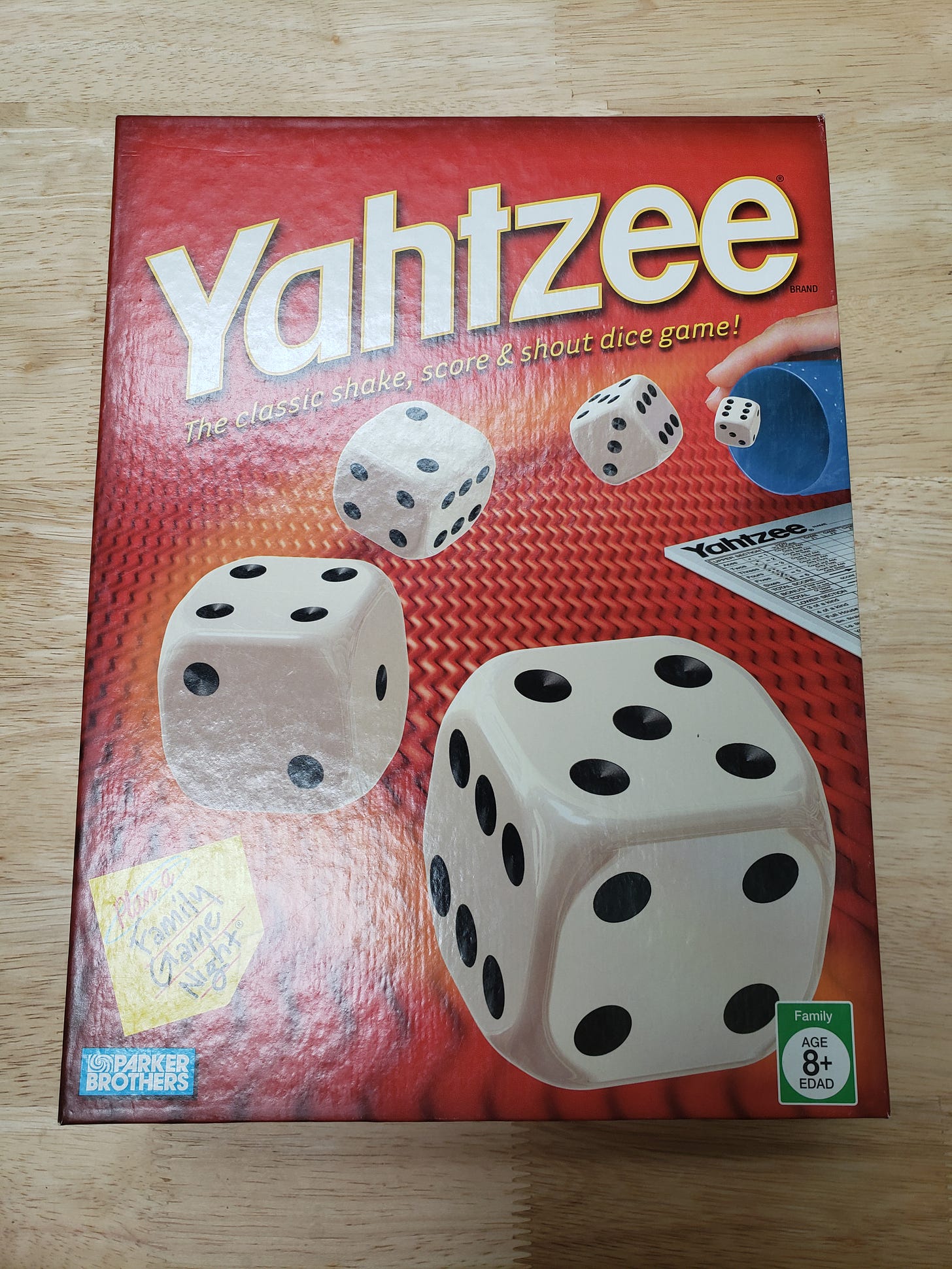Culture makes people understand each other better. And if they understand each other better in their soul, it is easier to overcome the economic and political barriers. But first they have to understand that their neighbour is, in the end, just like them, with the same problems, the same questions.
- Paulo Coelho
Culture can be defined as “the way of life, especially the general customs and beliefs, of a particular group of people at a particular time.”1 In her excellent book, Culturally Responsive Teaching and the Brain, Zaretta Hammond describes the three levels of culture: surface, shallow, and deep. She also uses the metaphor of a tree to illustrate culture.2 “A tree is part of a bigger ecosystem that shapes and impacts its growth and development,”3 she writes. Over the next couple months, I’ll explore each of these levels. Today let’s start with surface culture.
Surface culture is the observable elements of a group of people - the concrete customs that are usually visible. These include food, music, dress, art, language, games, holidays, stories, hair styles, and more. Using the tree metaphor, surface culture is the observable fruit of the tree (leaves, flowers, literal fruit).4 When we think of celebrating cultures we tend to focus on these observable elements. While it’s great to celebrate them, it’s also important to understand all of the elements of a culture, including those that are less observable and are often the driving force behind what we can see.
I write poetry as a way of processing ideas and emotions, usually when I feel like I only have phrases in my head and can’t process them in full sentences. Earlier this year, I started writing poems about the various aspects of culture (from the culture tree) in the form of an “I am from” poem. Typically, I see “I am from” poems taught more holistically, including various aspects of culture and upbringing. This time, though, I liked the idea of focusing more specifically on only one aspect of the culture “I am from.” Some of these come easily, and some are challenging me to really reflect since they’re aspects of culture I may not think about often.
All that said, the following is my poem about the surface culture element of games:
I am from Yahtzee
Papa’s favorite game
Practicing my addition
and multiplication fluency
Knowing we’ll play with extended family
Grammy singing to the die
making her request for her roll known
Mom’s utter shock in rolling a Yahtzee
in disbelief she would have such luck
Dad keeping the scorecards
of the highest scoring games taped to the box
Preserving moments
of Yahtzee glory
And another one about literature:
I am from
a house holding hundreds of books
with styled shelves
up to the peak of the vaulted ceiling
and a sliding ladder to reach them all.
Where we owned books (ahem, collected them)
instead of borrowing them
Where I upsized the bookcases in my bedroom
several times because the books were overflowing
Where gifts usually included a book
(still my favorite present to receive)
What is an element of surface culture that you’re from? Share with us in the format you prefer.
I’m excited for us to be able to learn from each other as I share what I’ve learned. It’s important that sharing and learning be welcoming and inclusive.
Expectations for comments:
Be curious
Be kind
Here’s “Figure 2.1: Culture Tree” from the book (yes, you’ll need to zoom in to really be able to read it): https://resources.corwin.com/sites/default/files/03._figure_2.1_culture_tree.pdf
Hammond, Z., & Jackson, Y. (2015). What’s Culture Got To Do with It? Culturally responsive teaching and the brain: Promoting authentic engagement and rigor among culturally and linguistically diverse students (pp. 24). Corwin, a SAGE Company.
Hammond, Z., & Jackson, Y. (2015). What’s Culture Got To Do with It? Culturally responsive teaching and the brain: Promoting authentic engagement and rigor among culturally and linguistically diverse students (pp. 22-24). Corwin, a SAGE Company.





